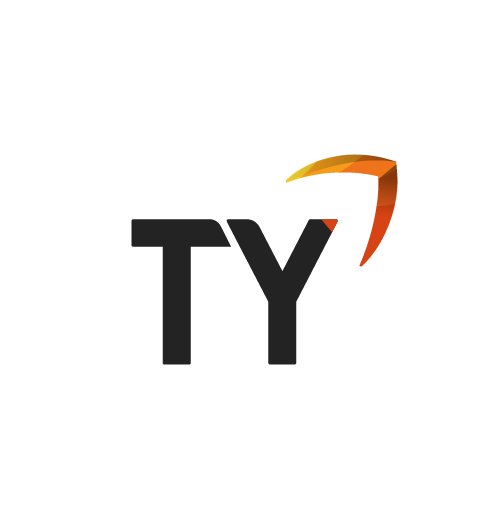Help & FAQs
Frequently Asked Questions
- Web Design & Development
- Mobile Design & Development
- Graphic Design
- Digital Marketing
- Logo & Brochure
- WordPress
- PPT, PDF, Document & Excel
- Microsoft Office 365
- Power BI
- Power Automate
- Power Apps
- SharePoint SPFX
- Java Development
- C# & .NET Development
- Angular, Ionic , React Native, Flutter , jQuery Mobile, JavaScript
- SQL Administration
- Salesforce Development
- Python Development
No, you do not need to be familiar with technical details to work with me. As a language model, I am designed to be able to communicate and provide assistance to users of all technical backgrounds and levels of expertise.
Whether you are a beginner or an expert in a particular subject, I can provide you with information, explanations, and solutions in a way that is easy to understand and tailored to your level of knowledge.
So feel free to ask me any questions or seek my help with any topic, regardless of your technical background or experience.
Share the details of your project – like scope, timeframes, or business challenges you’d like to solve.
To start with, we review project requirements from the client, we get them analyzed and then inform you of the estimation results. Once you are fine with the cost and time, the next step would be to create a project report document and a proposal. Our team prepares all the needed documentation with requirements and sends it for the client’s approval. Once everything has been finalized, we would then take the project to the next stage, which is the start of the development process.
A product development process involves multiple stages that a software development team takes to bring the idea of a product into reality. The process is typically guided by the software development life cycle (SDLC), which involves building high-quality software within the shortest possible period by following the 7 phases of the SDLC.
The 7 phases of the software development life cycle are:
Planning: This phase involves assessing the user’s needs, researching customer behavior, and analyzing marketplace competition.
Road-mapping: In this phase, a visual roadmap is created, which outlines the various stages of the product development process and sets milestones for each stage.
Concept design: This phase involves creating a conceptual design for the product, which outlines its features, functionalities, and user experience.
Prototyping: In this phase, a prototype or minimum viable product (MVP) is developed to test the product’s functionality and user experience.
Development: This phase involves coding and developing the product, in accordance with the design and specifications outlined in the previous phases.
Testing: In this phase, the product is thoroughly tested for bugs, errors, and performance issues.
Deployment: In this final phase, the product is deployed to the market, and ongoing support and maintenance are provided to ensure its continued success.
By following these seven phases of the software development life cycle, software development teams can create high-quality software products that meet the needs of their users and stakeholders, while delivering them within the shortest possible time frame.
We sign NDAs and Confidentiality Agreements as required by the client. All our employees work for us full-time and are bound by company Confidentiality and Non-Disclosure clauses.
Additionally, for sensitive projects, we can sign custom NDAs.
We have developed our own Service Agreement and NDAs and have signed them with all our development teams. The agreements ensure the confidentiality and the full transfer of ownership of the intellectual property from the developer to the company. After you decide to outsource your project to us, we sign up for a software outsourcing agreement that transfers all IP rights to your company.
We evaluate the result after every two weeks, we test our work (we conduct both development and acceptance tests), we present it to you, we ask for the client’s feedback so the clients know they get what they are paying for. Also, we have continuous communication with the client, so that there are no surprises and we move forward in the development only after the client’s approval.
When you outsource your projects to our company, we not only provide software development services but manage all possible compliance and security issues.
Our specialists evaluate all types of threats before creating your digital product including confidentiality weak points, IP compliance, third-party integrations, data management, and others. This approach allows us to discover the possible risks on the prospecting stage and create the appropriate policies to prevent them.
We use a full suite of tools to facilitate communication, internally we operate on Microsoft Teams, google hangouts, Outlook ,e-mails and calls while externally we’ve leveraged every video conferencing and telecommunication platform imaginable we’re extremely flexible and always happy to adapt communication technologies and styles to match the needs of our clients.

